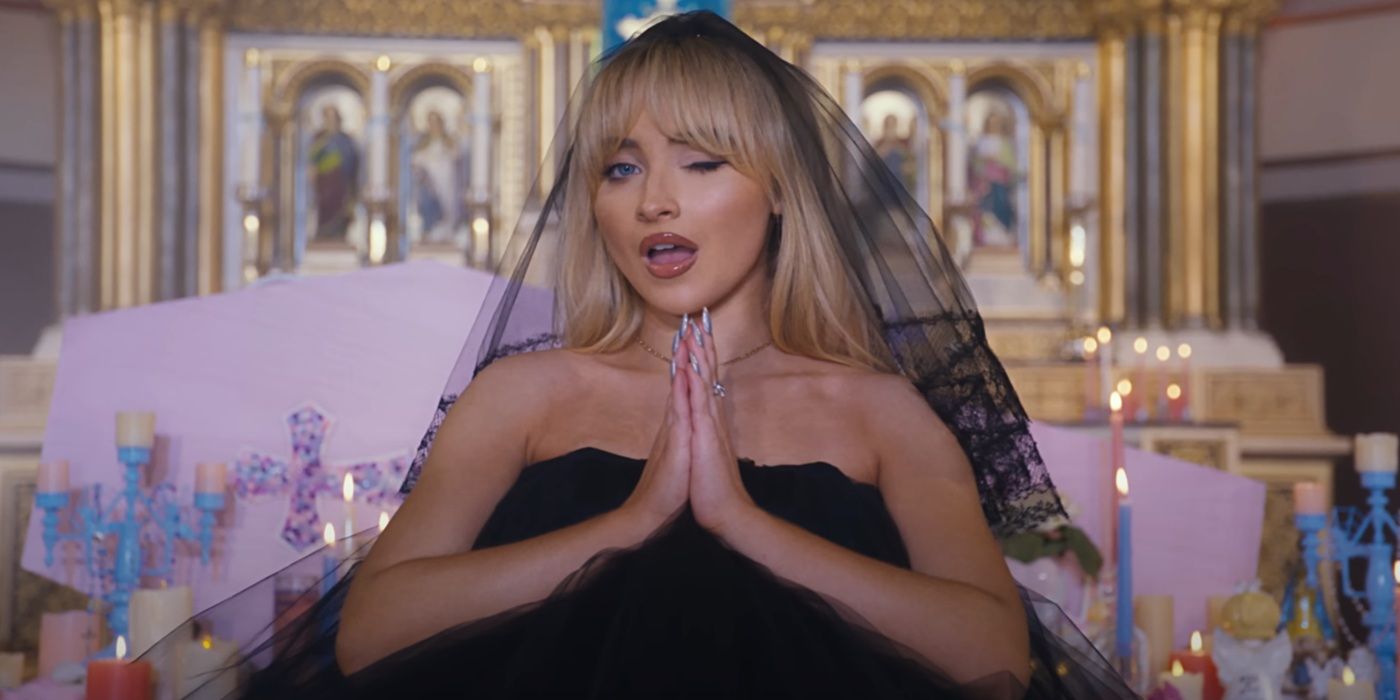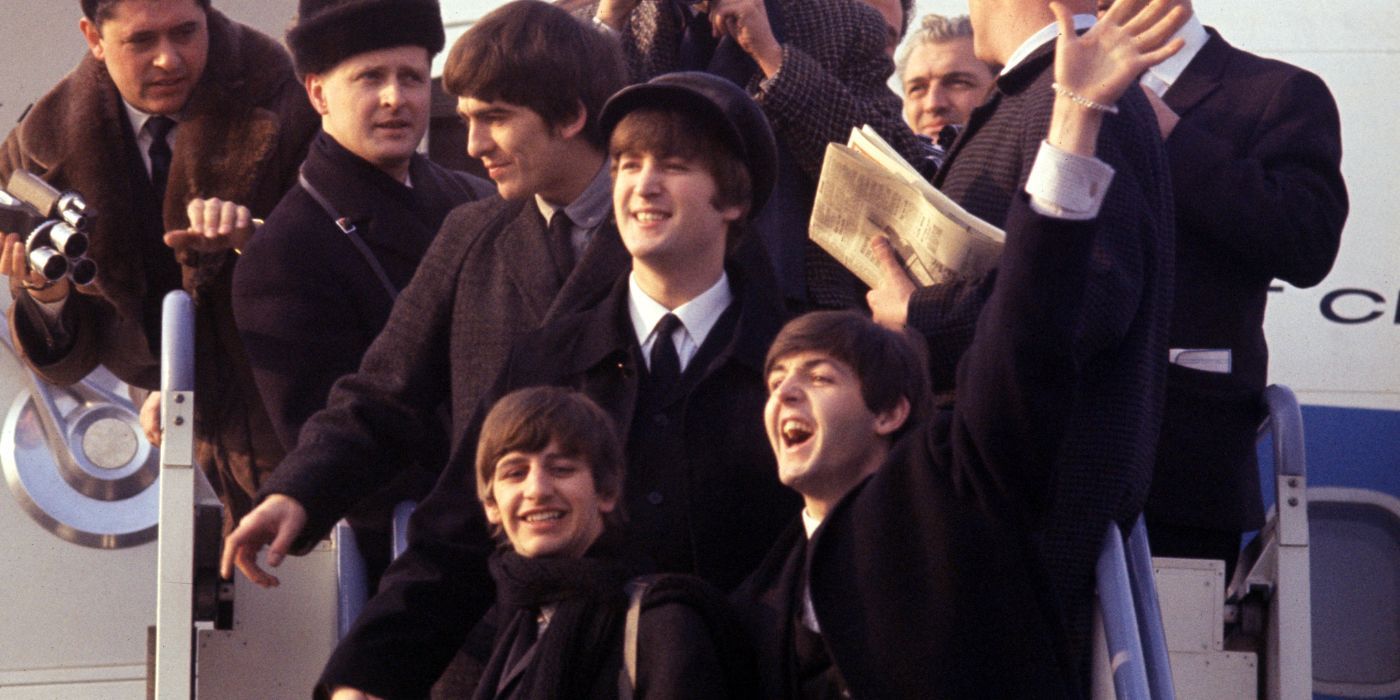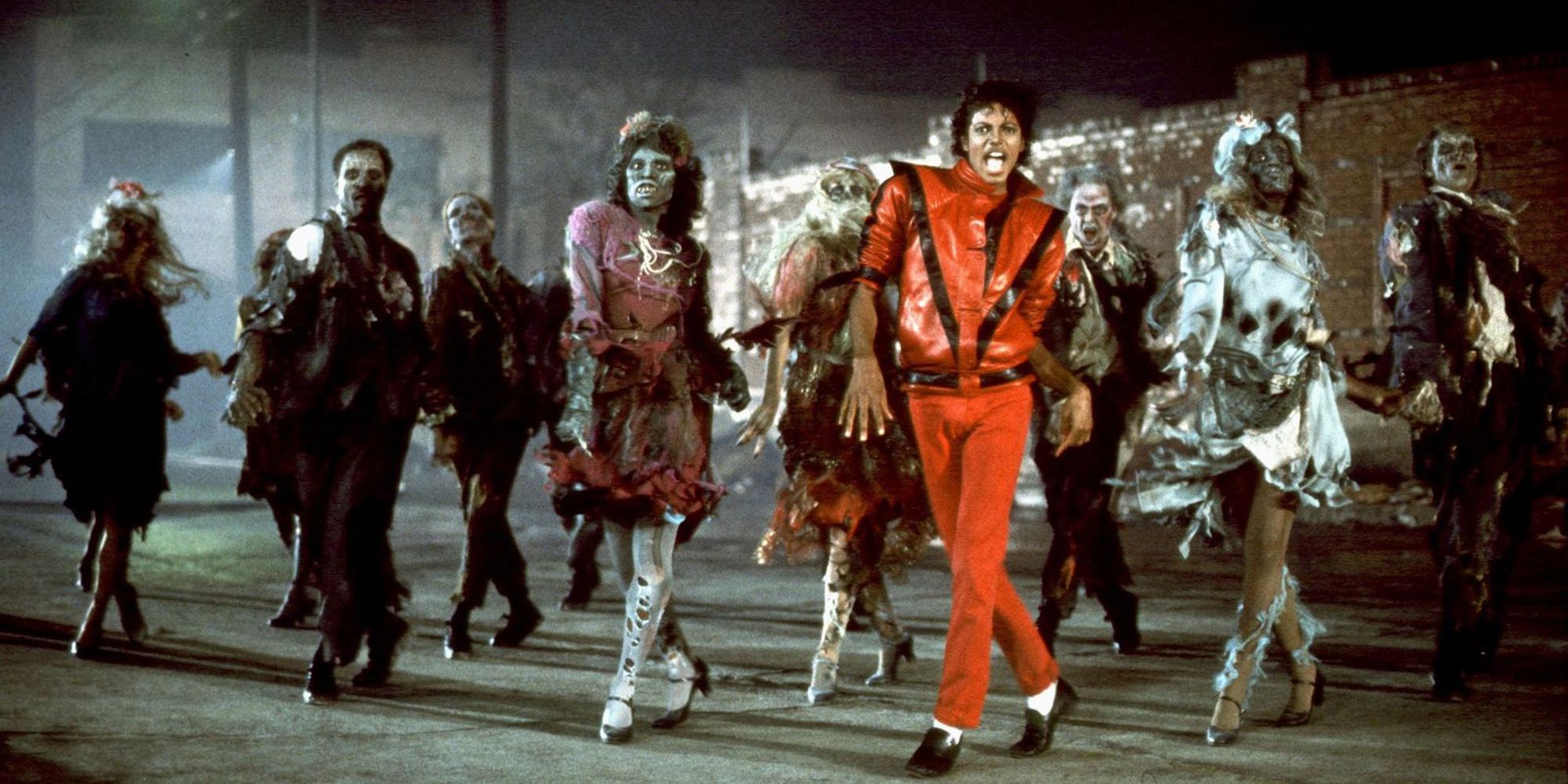A topic of discussion that won’t cool down among music fans and critics recently is that pop songs just keep getting shorter and shorter. In these debates, there is always one culprit responsible for this, and it’s TikTok. The accusations stand that the 15-second videos are killing our attention spans, consequently forcing the reduction of song lengths to be imposed in the studio. But, how fair is this? Indeed, these short videos are potentially making audiences accustomed to a condensed version of pop, but this wasn’t the birth of songs lasting less than three minutes. TikTok has not created the notion of keeping things short and sweet, but merely adopted and adjusted a tactic that excelled even before the existence of the internet.
Why Are Modern Songs Getting Shorter?
When we critique songs getting shorter, the point of comparison is to songs that have a clear structure within the confines of their genre. For instance, a pop song having two verses, a bridge, and choruses filling the gaps, this structure is also typical of hip-hop and R&B tunes. The variations begin with genres like prog rock and their seven-minute solos, or EDM that can last up to ten minutes to keep people on the dance floor, and to give DJs something to do. Even though these genres, thus fan bases, fluctuate, the common ground that these types of music share is a period of around thirty years.
Towards the end of the 1960s and throughout the ‘70s and ‘80s, the LP became the most popular way to consume music. There was more interest in both making and listening to a long form of contemporary popular music that had not previously existed. Because of the opportunity to have up to twenty minutes of music being played on one side of a record, musical artists had more freedom to take up as much space and time on the record as possible. This was incredibly exciting and creatively liberating. This sense of freedom is exactly what gives so much ownership, dedication and connection to consuming music in this format.
Two Decades That Changed Everything
The ‘80s into the ‘90s was the time that CDs became the hotter, younger version of LP records. Fans divorced from the clunky old models to invest in the smaller, shiny discs that could hold around 75 minutes of music. It was the perfect evolution for the time-indulgent fans and musical artists. It was still preferred for musical artists in the ‘90s to produce songs that were four, five, or six minutes long. Similar to the LP, the format of the CD is designed to accommodate long songs, and they would sell. Think of Michael Jackson’s Thriller from 1982, originally released as a vinyl record. It was the best album of the 1980s, and an absolute staple of pop music. The title track expresses an attitude of patience and nonchalance, coming in at 5:57. Take a look at the US top ten from last week. You won’t see a song there lasting more than 3:40.
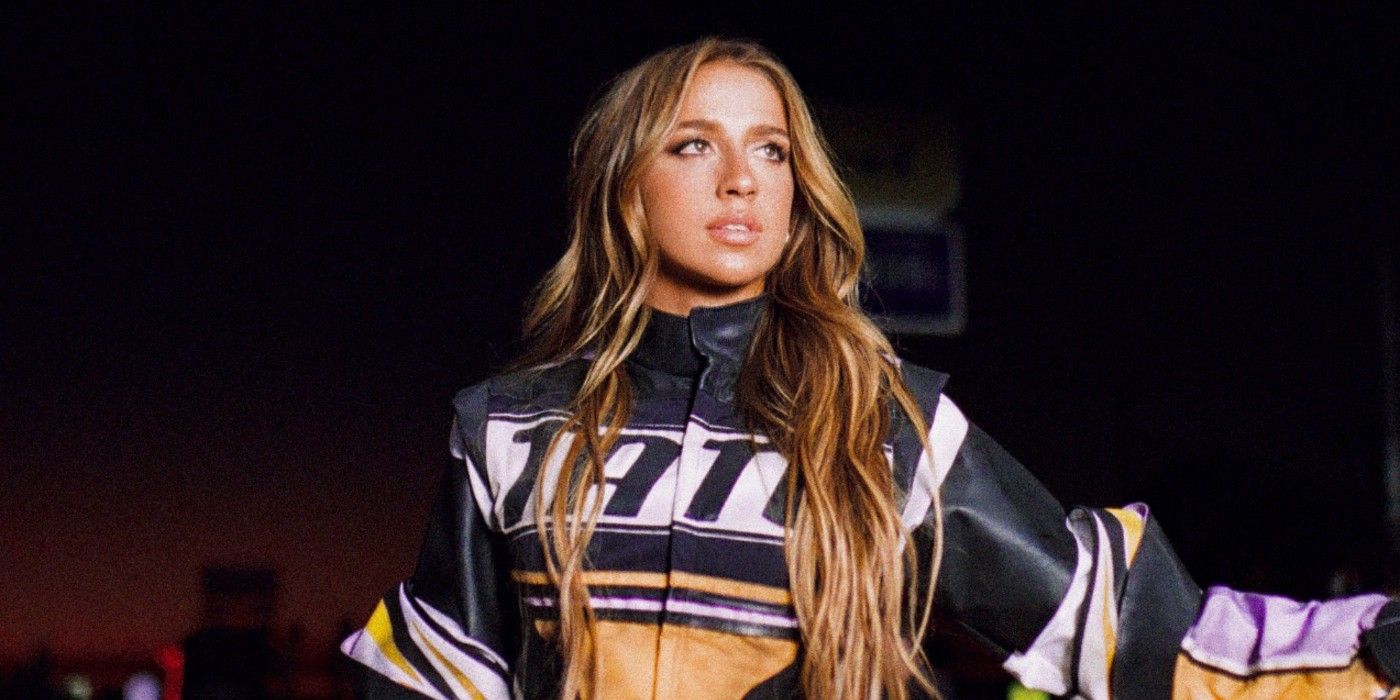
Related
TikTok Introduced Me to My New Favorite Singer, Tate McRae
Tate McRae has been coined the Britney Spears of her generation.
In the evolution of music, we’re up to CDs and getting into the ‘00s. Now, here’s the kicker: songs didn’t shorten with the internet, but with simple old cell phones. A cell phone is your own personal device, so people want it to feel personal. An extension of self-expression. This is when people started to set their ringtones as their favorite songs, until they had a new favorite song, which was easily done through iTunes. Now, why purchase a whole album if you only need a 30-second chorus for your calls? Or more to the point, there was no need to create epic anthems if all that’s necessary to sell is a ringtone burst. This could be seen as the start of single-centric music consumption, but you’d be hugely mistaken to think so.
Gen Z Is Giving Major ’50s Energy
We’ve covered LPs from the 1960s, but what was happening before then? In the ‘50s, LPs just weren’t cool yet. Don’t get me wrong, they existed, but were used for classical music, crooner classics, and Broadway shows. The main medium of listening to music in the ‘50s was, in fact, singles. They were affordable, portable, and around three minutes long per side. The Everly Brothers’ “Bird Dog” is 2:16, and Connie Francis’ “Stupid Cupid” is a mere 2:14.
Singles were fashionable. They became synonymous with rock and pop music, which were the coolest of their time. The consumption of singles made it easier to track the charts for individual songs, and Billboard launched the top 100 charts in 1958. This was a way to track trends, and a way to keep a music collection up to speed with fast-changing popular culture. Feels reminiscent of the features on a certain app, does it not?
A hugely significant use of singles was for jukeboxes. Jukeboxes were amazingly interactive, with each person in the room being able to select a song to queue up. The essence is incredibly similar to how TikTok functions now. Instead of selecting songs to go viral on the app, young people were selecting trendy songs to curate an algorithm for the diner. There was no listening to an entire album, but a culture of listening to single after single, much like TikTok and streaming services, encourages and enables us to do so now.
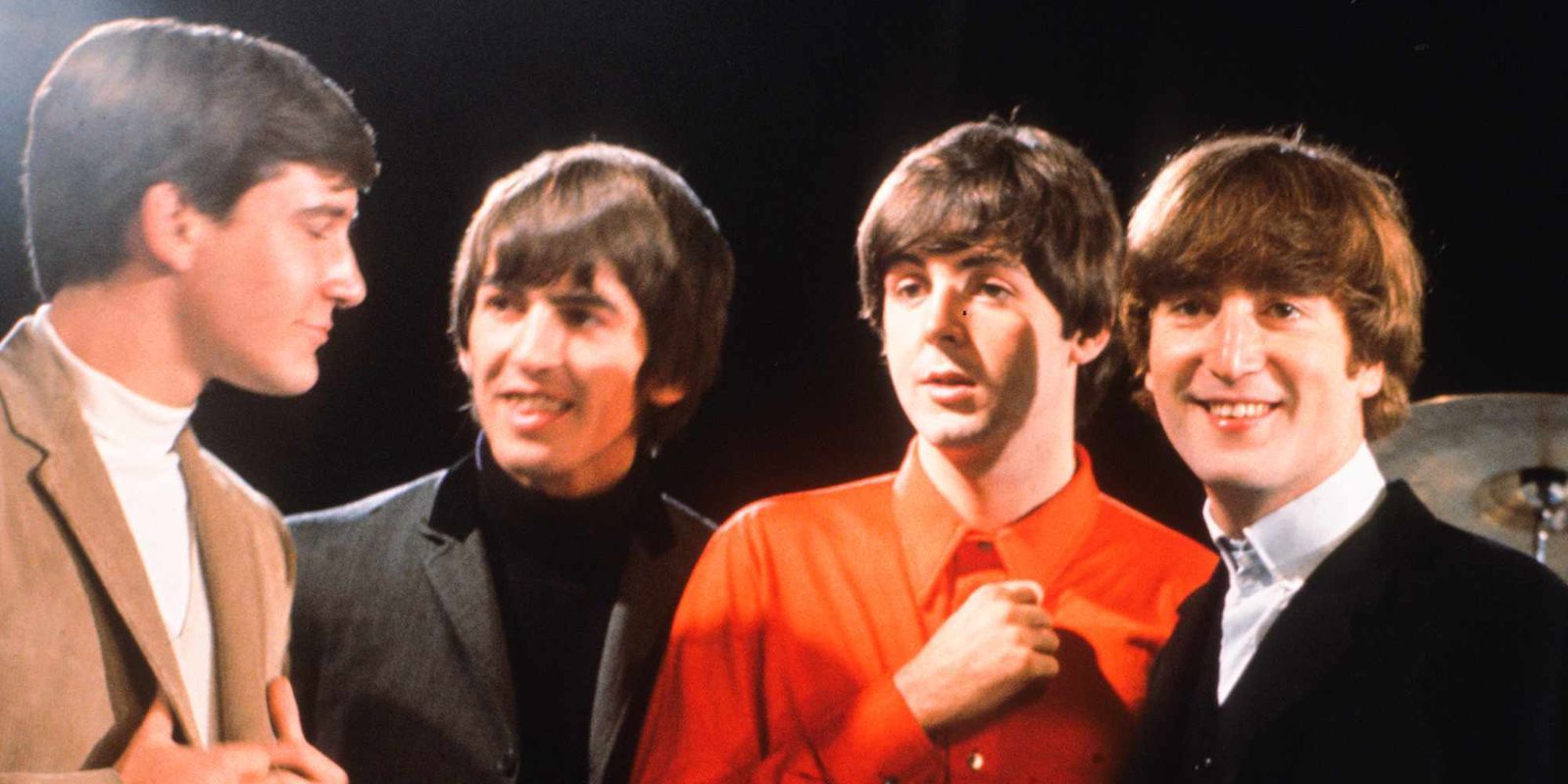
Related
The Beatles Song That Reunited John, Paul, George, and Ringo
One song helped The Beatles rekindle their magic when they were at their lowest.
Youth cultures of today and the ‘50s have a more laid-back approach to listening to music. Not to be too cynical, but when music can be seen as a tool to grab attention and capital, methods adjust to conform to that. That’s not to pick on the short singles, as through the LP period, a lot, like a lot, of money was made through LPs. They existed as narrative masterpieces that built worlds, with all the same expensive arena tours, merch, and films that exist today. Albums are still appreciated, and a lot of people still listen to them in their entirety, no skips at all. But to appreciate an album full of long songs on a record is ultimately a privilege. LPs are expensive, singles are cheap, and TikTok is free. Ultimately, it’s not necessarily our rotting attention spans that determine the length of songs, but the listening materials we have access to in our time and culture.
